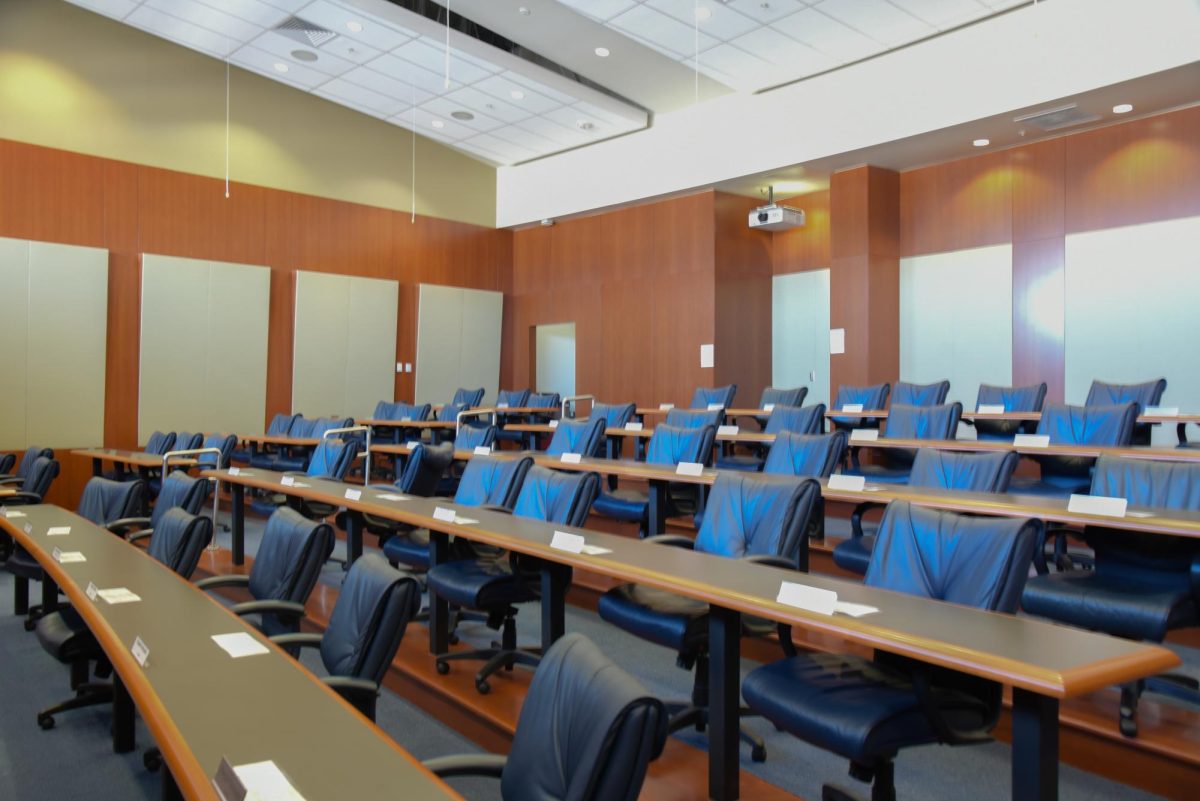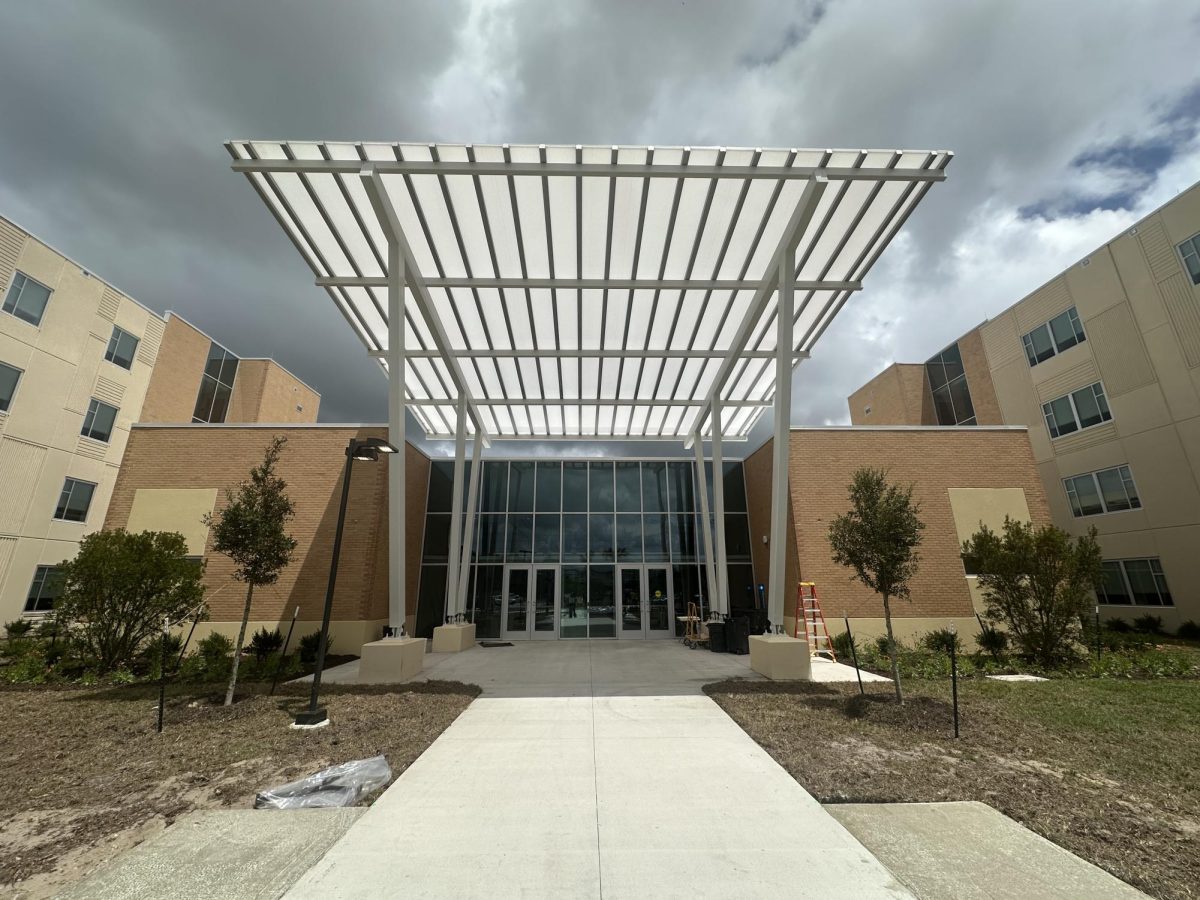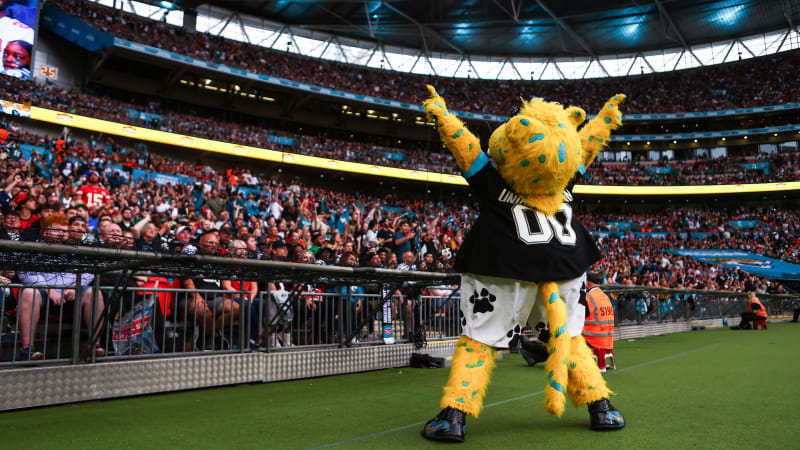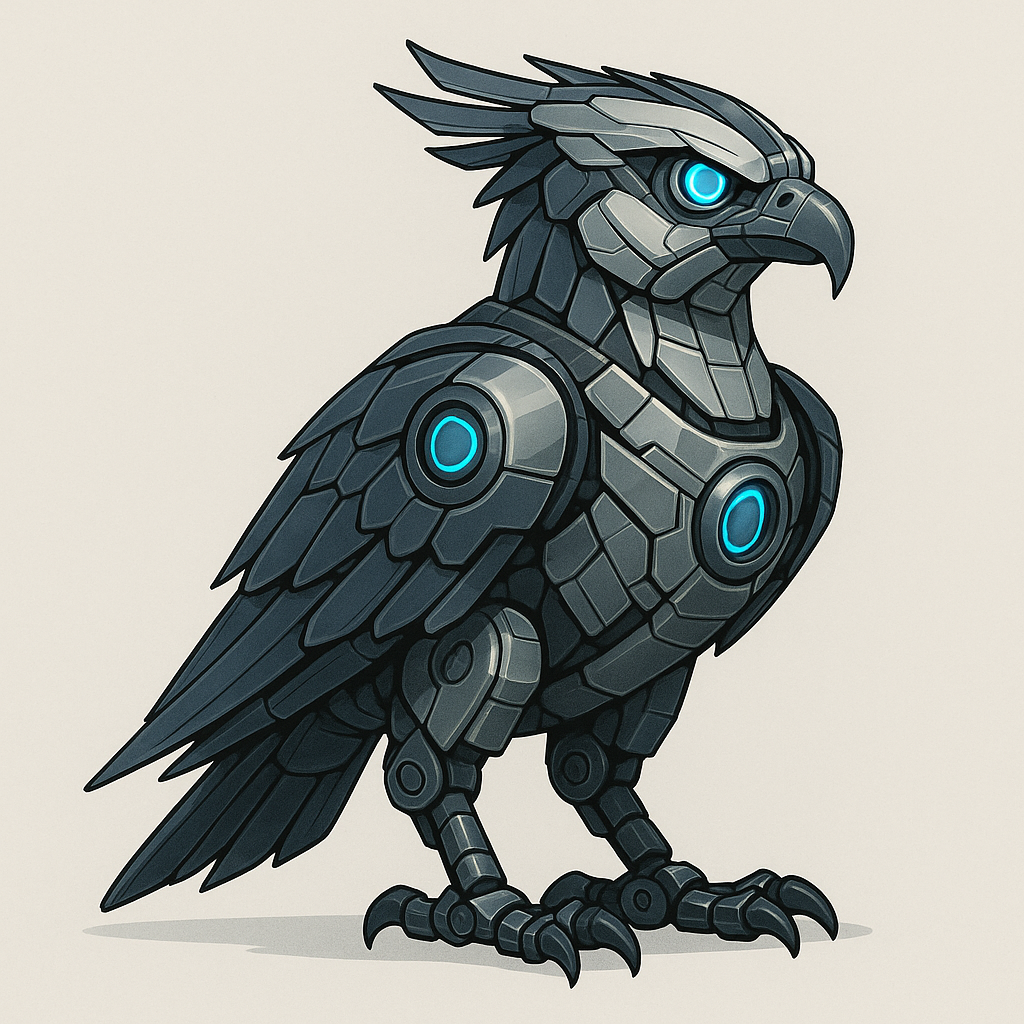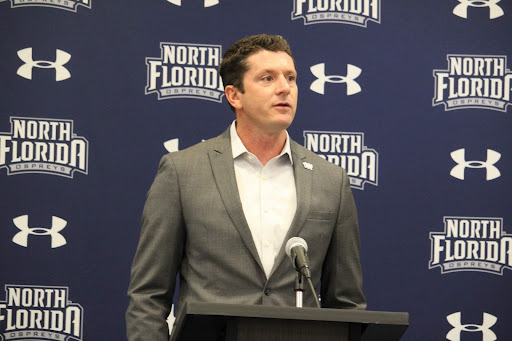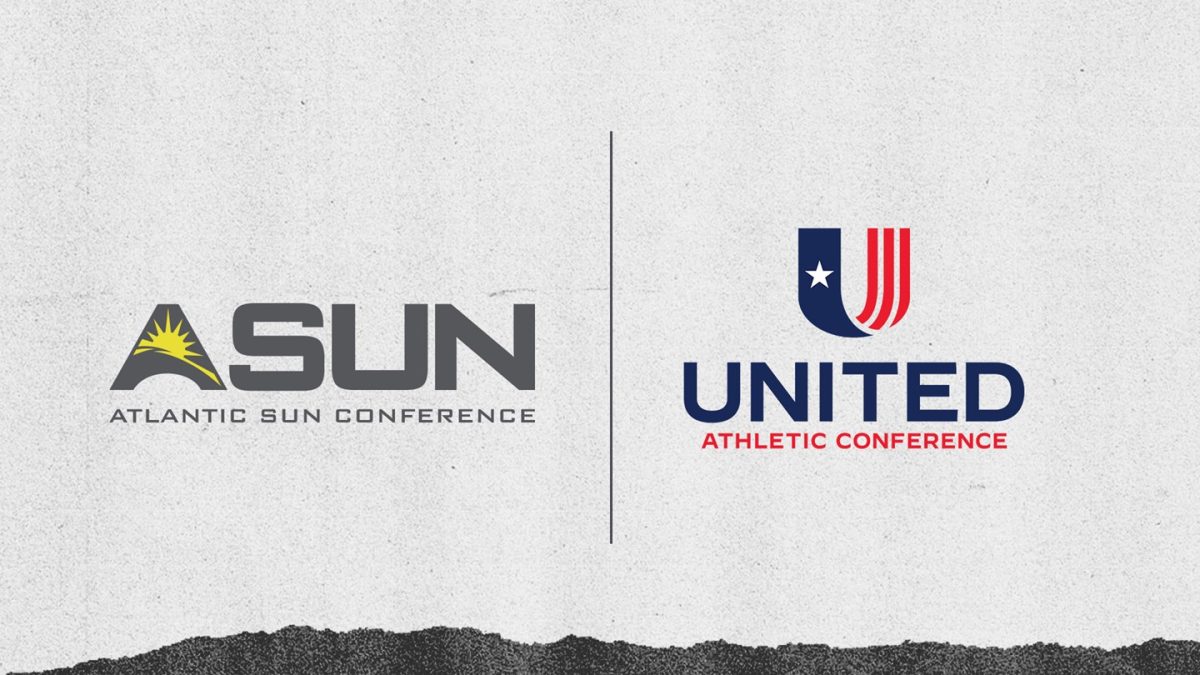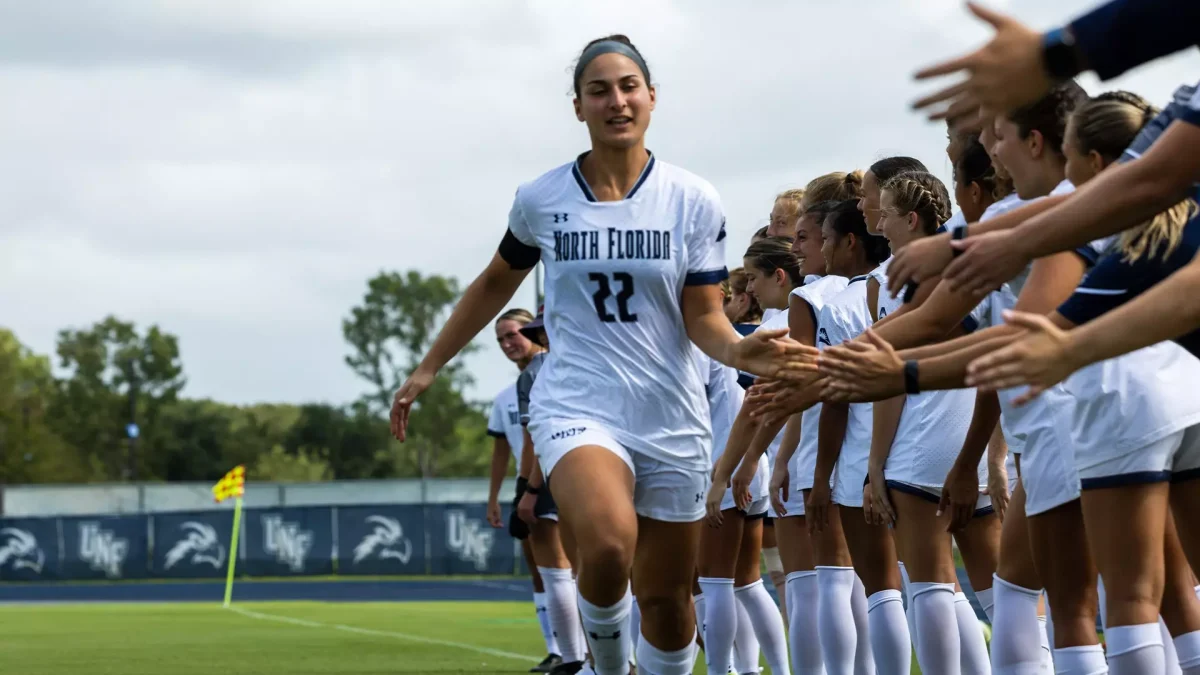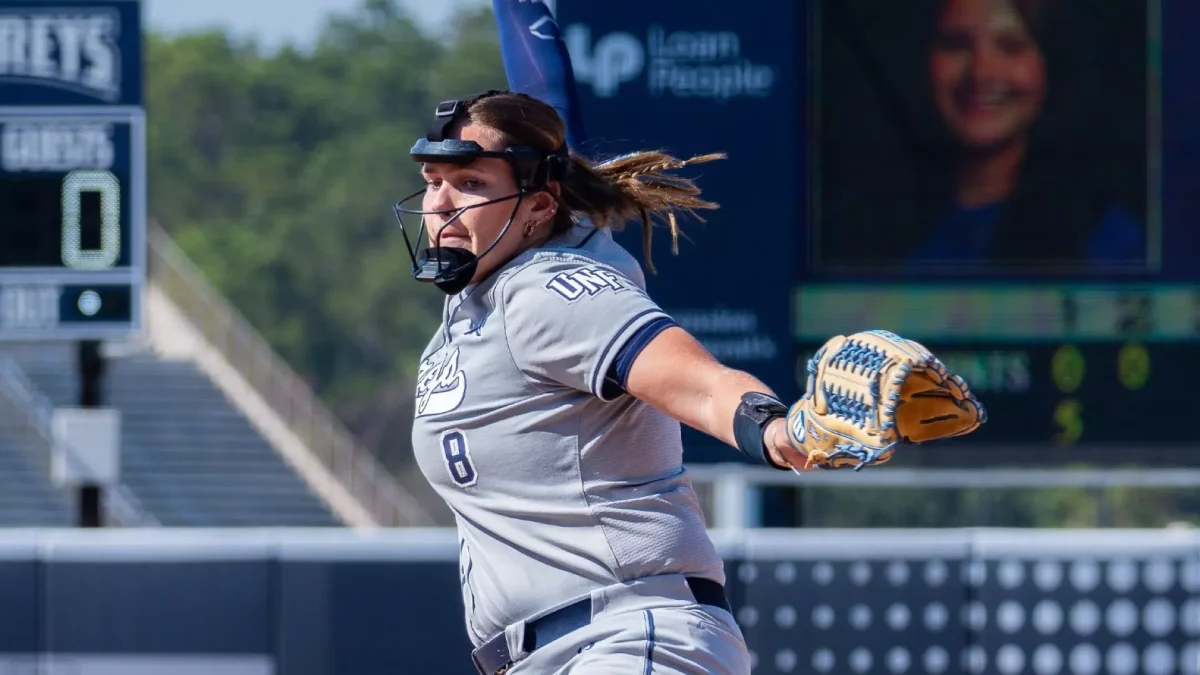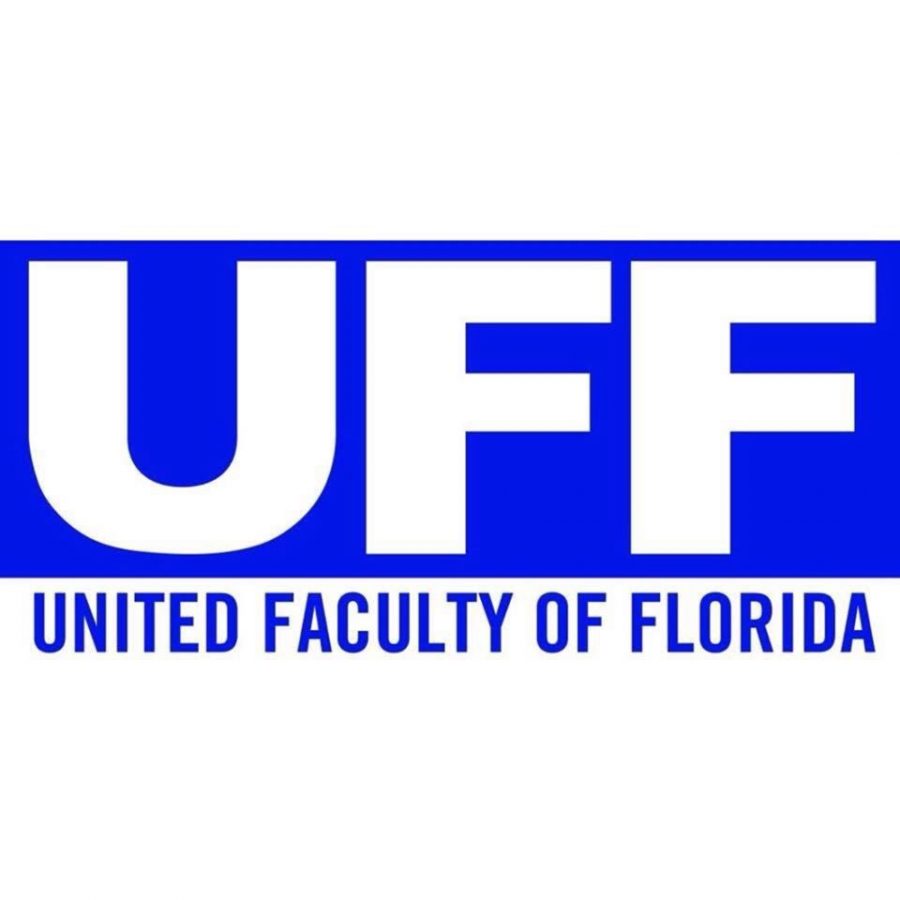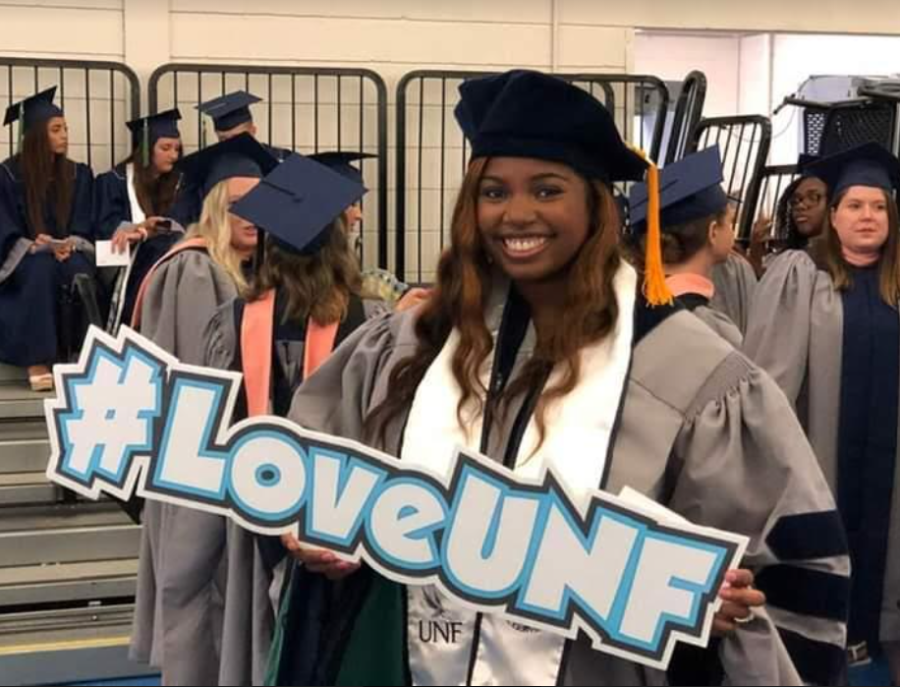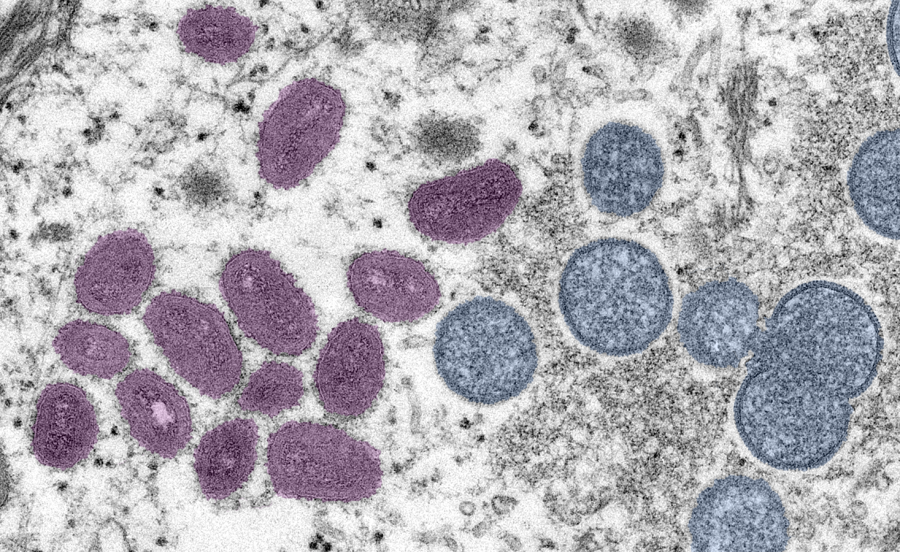The goal of the consortium is to provide opportunities for students to receive hands-on experience working on collaborative projects, said Director of FSGC Jaydeep Mukherjee.
“Space is very, very broad,” Mukherjee said. “Astronomy, engineering, physics, psychology, medicine; it’s all involved in space.”
Despite the fact that UNF does not have space-related degrees such as aeronautical or aerospace engineering, like Embry-Riddle or the University of Central Florida, it still has a valuable role in NASA research, Mukherjee said.
Still, others like UNF Coordinator of Research Development Sonja Bell seek more UNF involvement.
People think that without funding there is no space program at all, Bell said.
“But that is simply not true.”
Several UNF grant recipients shared their grant-funded projects with the Spinnaker.
Dr. Nirmal Patel
Dr. Nirmal Patel, UNF physics lecturer and researcher, is one of many grant recipients in the past few years. Of his notable accomplishments, he developed gas sensors that detect ozone levels in the Earth’s outer atmosphere.
Patel said ozone gas in the stratosphere, where most jet planes fly, prevents the cancer-causing ultra-violet rays from reaching earth.
“Due to pollution, the ozone layer becomes thinner in certain places,” he said. “So that was the important objective: to find if the ozone levels are increasing or decreasing in the stratosphere.” (See atmosphere graphic below)
In 2008, Patel, with the help of several UNF students, made a joint “payload” with the University of North Dakota containing his ozone sensors. After going through rigorous testing at NASA’s Columbia Scientific Balloon Facility in Palestine, Texas, the team was ready to launch the payload, along with 10 or 12 others that had passed tests under a massive balloon in Fort Sumner, New Mexico.
Approximately 90 minutes from Roswell — home of hundreds of alleged UFO sightings — Patel watched his ozone sensors soar up to the stratosphere under the tow of a 400-foot diameter balloon.
The experiment was repeated successfully in 2009, and data retained from the sensors matched Patel’s expectations considerably, recording the ozone levels to be relatively consistent over the American Southwest.
Also in 2009, the joint-creation payload of UNF and UND was chosen as one of only six in the country to be sent skyward in a rocket from Virginia to the slightly higher mesosphere, where meteors burn up. Despite an accident that corrupted the collected data, Patel’s sensors were proven successful in testing six different gases in the mesosphere.
Two more balloon flights will be launched this year containing Patel’s sensors; one the last week of August and the other the first week of September.
Patel has received nearly $20,000 from FSGC and even more from the U.S. Department of Defense.
“Dr. Patel is probably the most active grant recipient,” Bell said. “He’s doing good work.”
Dr. Jay Huebner
UNF visiting research professor, Dr. Jay Huebner, also has received grants from FSGC. He leads a “sensors group” that has developed and patented sensors of 130 unique analytes. An analyte, in chemistry, pertains to what one is trying to sense.
Dr. Huebner’s sensors can detect anything from arsenic and cyanide to acetaminophen and uranium in the air or water, and he’s always looking to develop more sensors.
Water and air testing isn’t as dramatic as space, but it’s important, Huebner confirms.
The sensors group has included 130 students since it began in 2000, offering school credit and sometimes paying for students’ efforts.
While they often use UNF’s lakes and streams to test their sensors, these sensors could be valuable to environmental groups or companies that want to find what chemicals or pollutants have been released into larger waterways — such as the St. Johns River, Huebner said.
Huebner received a $10,000 grant from FSGC in 2000, and received $5 million from the Department of Defense for his sensors work. He hopes to raise more money through the commercial use of his sensors.
“Not so we can get rich, but so we can put money back into the program,” he said.
Students receive opportunities with NASA beyond working with their professors on projects.
UNF alumna, Victoria Martin, received a Jon Mather Nobel Scholarship from The Henry Foundation, Inc. while interning at Goddard Space Flight Center in Maryland. UNF alumna, Svetlana Shkolyar, has had numerous opportunities with NASA both during and after her UNF career. (See her story on pg. ##)
With the privatization of NASA, some are worried about the effect it will have on NASA-funded research, but not Mukherjee.
Because FSGC is mandated by congress through the National Space Grant, research won’t be affected as much as some say it will, Mukherjee said.
Others, such as NASA Deputy Director of Education Lesley Fletcher, thinks of it more simply.
“We’re still going to space,” she said.
Fletcher also stressed the importance of students to the future of the administration.
“Students can think outside the box,” she said. “They can come up with creative ways to find solutions. We’re going to need students with the knowledge and skills to work for us in the future.”
Pull-out Box: For more information on Dr. Huebner’s sensors group, go to sensorsgroup.com. There are more photos and video from Dr. Patel’s balloon and rocket launches at floridaspacegrant.org/fsgc_multimedia.php. For students interested in interning at NASA, check out intern.NASA.gov for the one-stop shop of intern information.




